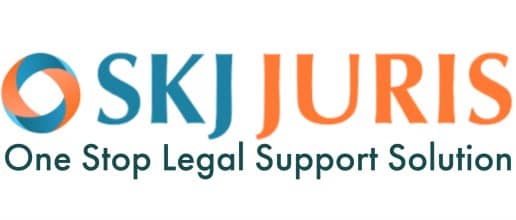Document review holds the most favourite positionin the process of litigation for most attorneys, and no one comprehends this better than managed document review firms. It is a necessary step, alongside being tedious, expensive and time consuming. In the absence of well-versed document review, attorneys wouldn’t be able to put together the strongest case, and might end up risking disclosure of a privileged document to opponents. The arrival of e-discovery has definitely improvised the nature of document review, there are still noteworthy challenges professionals experience while managing the document review process.
Each fragment of the e-discovery process has an impact on the reviewphase of a document review project. It is crucial to understand the needs of the market and to carefully pick tools or platforms that meet the requirements of the project. Sometimes one review platform fits the mould for every case. While some matters might require a tool that provides very robust concept folder capabilities, whereas some other matter could pull the need for an application with well-defined workflow methodologies.
Document review process offers momentous opportunity for rationalizing efficiency of e-discovery process, as document review is the largest single cost involved in the process. And it therefore must be controlled as effectively and efficiently as possible. It is a mandate to have such workforce in hand who can be aware before selecting and deploying a productive review platform, companies that can reduce staff workload during the review process, create a more thorough case strategy, and generally gain more control over the entire e-discovery process.
Emplacementof qualified document reviewers can be a struggle, despite the location of the firm.There is competitionin the scenario, wherein bigwig legal service providing firms are present.This is all-the more important when competing for a restricted bunch of reviewers with sought-after skills such as expertise in a specific language, in-depth technical knowledge and more.The firms must ensure document review to be secure and confidential, and reviewers must be held accountable for their work performance.
Issues like, limited client budgets, limited resources, complicated review workflows and lack of planning can derail a reviewand the variables can negatively impact the discovery process. Document review itself is not complicated, but it does necessitate significant strategy from legal teams. Each of these steps are critical for efficient and cost-effective workflows. Case teams should be realistic about the discovery deadlines. As, proper legal document reviews not only understand the relevance or responsiveness of the documentation but allows to properly create a compelling legal case without any loopholes to be exploited by the opposing counsel.
The rapid rise in international litigation and investigations directs towards ever more e-discovery projects which now include foreign language data. Collection of documents that takes place in the US, also fetches foreign language documents included in the mix of potentially responsive data. Multilingual documents add a stratum of complexity to document review projects, and when not properly handled can fire up the costs substantially.Legal practitioners face a number of challenges with multilingual data sets, initially in extracting, centralising and processing multilingual data for document review. To help overcome this hurdle, partnership must be made at an early stage to remove the language barrier by service provider, owning both e-discovery expertise as well as translation expertise.
In situations where the law firms fail to engage document review firms in rightmanner, review firms are often left to compensate for poor initial planning. Workflow concerns, implementation, quality assurance and staff training must be accounted for from the start of a project, and failing to do this can pose major issues later down the line. Approaching law firms should be aware that they have in hand highly qualified reviewers and that the organizational structure of the review process is solid.



